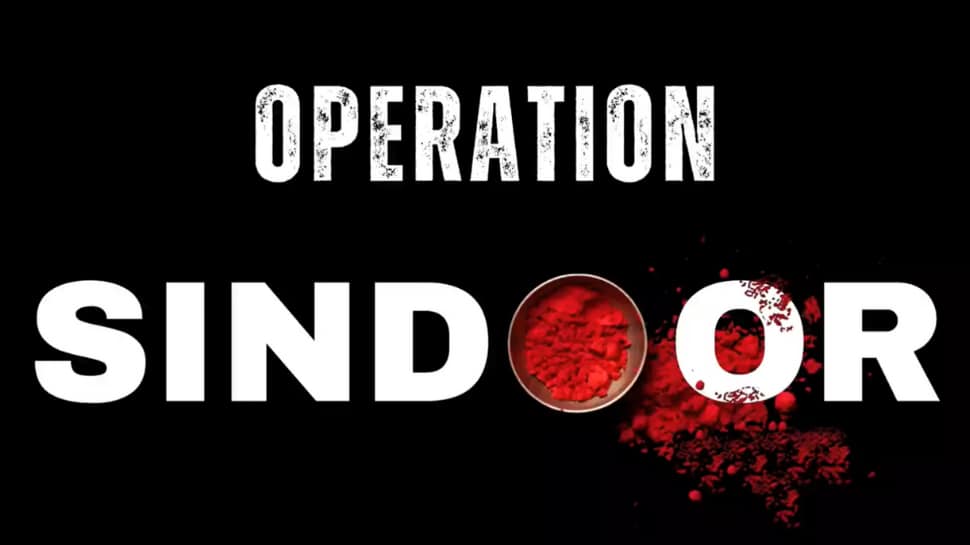Budget-Friendly Drones Offer Hope for Community Forest Restoration & Securing Funding Down Under

Community-led forest restoration projects are vital for Australia’s biodiversity and carbon sequestration efforts. However, accessing crucial funding and carbon credits from government bodies and private investors often hinges on demonstrating tangible, quantifiable results. Traditionally, this has meant expensive and complex monitoring methods, putting these initiatives out of reach for many grassroots organisations.
But there's a game-changer on the horizon: affordable drone technology. Increasingly accessible and user-friendly, drones are proving to be a powerful tool for community groups looking to accurately assess and monitor the impact of their restoration work.
Why Drones Are a Perfect Fit for Community Forest Restoration
Drones equipped with various sensors – including high-resolution cameras, LiDAR (Light Detection and Ranging), and multispectral imaging – can gather a wealth of data without the need for costly ground surveys. Here’s how they’re making a difference:
- Vegetation Mapping & Monitoring: Drones can create detailed maps of forest cover, track tree growth, and identify areas requiring attention.
- Canopy Health Assessment: Multispectral imagery allows for the identification of stressed or diseased trees, enabling targeted interventions.
- Biomass Estimation: LiDAR technology provides accurate measurements of tree height and density, crucial for calculating carbon sequestration potential.
- Terrain Mapping: Understanding the topography of the restoration area is essential for effective planning and monitoring.
- Cost-Effective Data Collection: Compared to traditional methods like aerial surveys or manual ground measurements, drones significantly reduce operational costs.
Securing Funding with Drone-Generated Data
The key to unlocking carbon payments and other funding opportunities lies in providing robust, verifiable data. Drone imagery and LiDAR data can be used to:
- Demonstrate Carbon Sequestration: Accurately quantify the amount of carbon stored in the restored forest.
- Track Progress & Impact: Provide regular updates on the project's progress, showcasing the positive environmental outcomes.
- Meet Reporting Requirements: Generate the necessary data to satisfy the reporting requirements of funding agencies and carbon credit schemes.
- Build Trust & Transparency: Openly share data with stakeholders, demonstrating the project’s credibility and accountability.
The Future of Community Forest Restoration in Australia
The combination of community passion and accessible drone technology represents a significant opportunity for Australia. By empowering local groups with the tools they need to monitor and measure their impact, we can unlock significant funding and accelerate the pace of forest restoration across the nation. It’s a win-win for the environment, local communities, and the Australian economy. As drone technology continues to evolve and become even more affordable, its role in supporting sustainable forestry practices will only grow stronger.
Ready to explore how drone technology can benefit your community forest restoration project? Contact a local drone service provider or explore training opportunities to get started!





